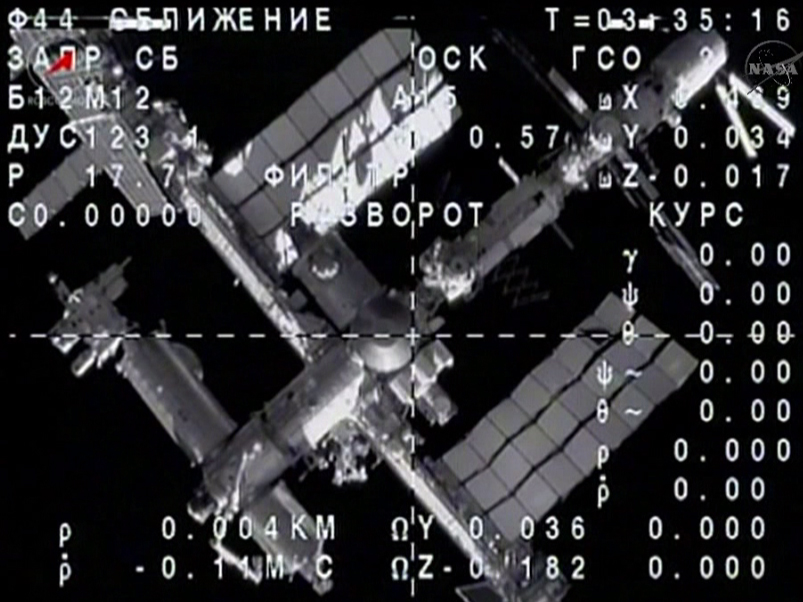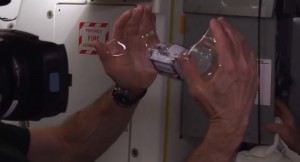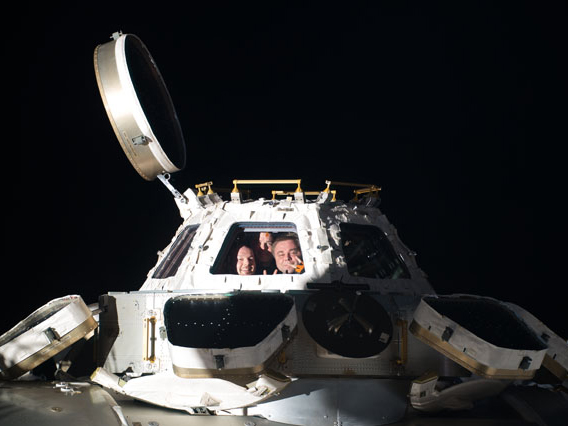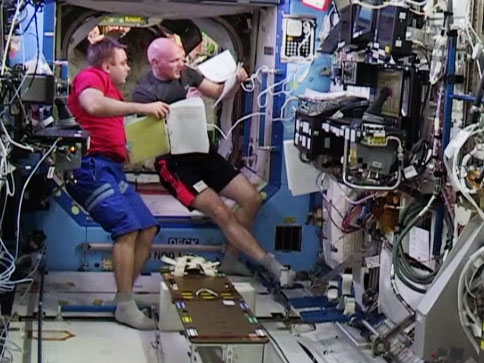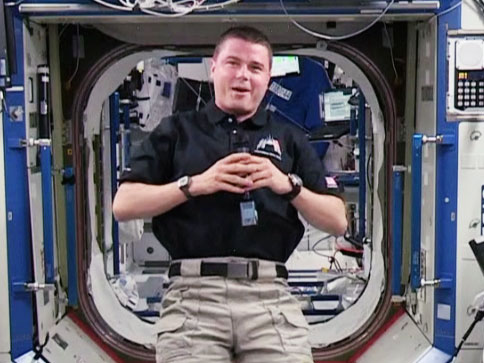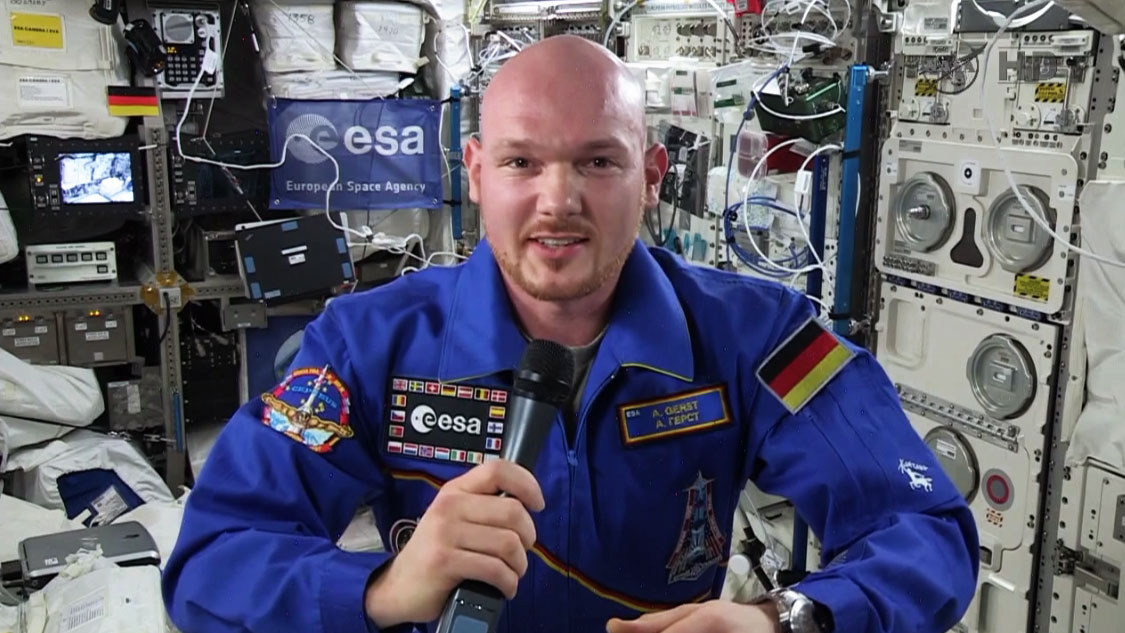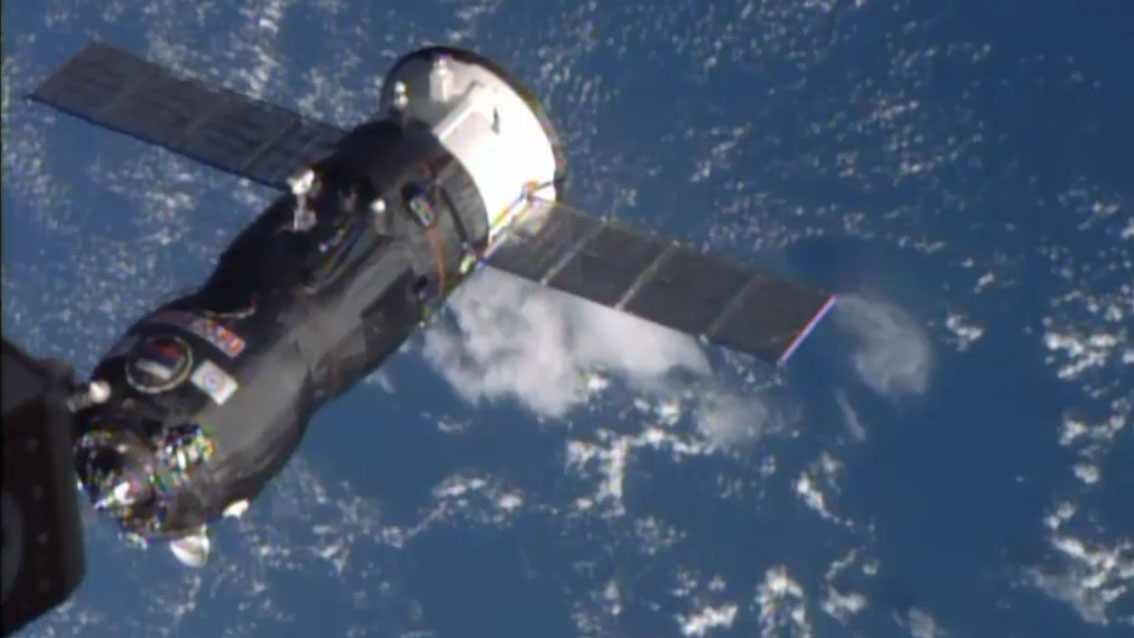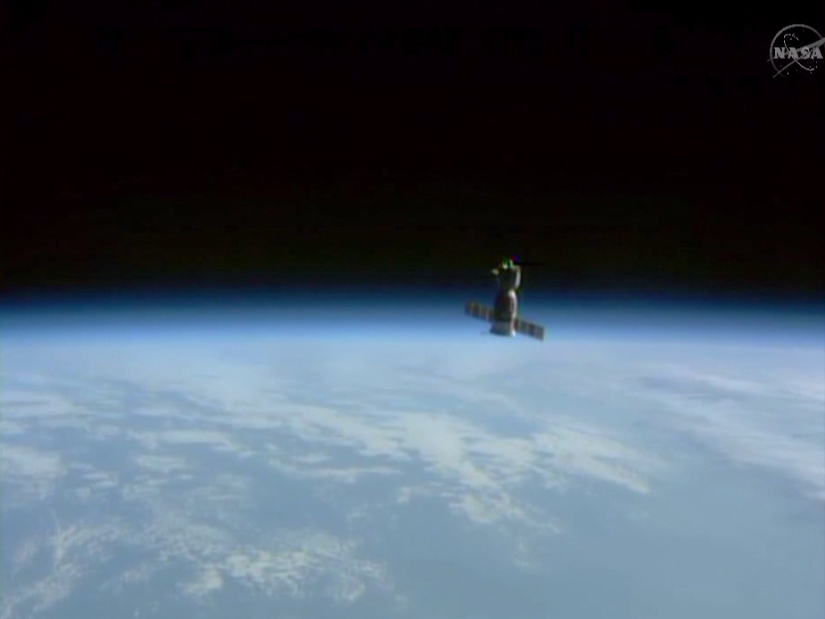
After spending 165 days aboard the International Space Station, Reid Wiseman, Alexander Gerst and Maxim Suraev undocked from the station’s Rassvet module at 7:31 p.m. EST to begin their voyage home. Suraev, the Soyuz commander, is at the controls of the Soyuz TMA-13M spacecraft.
They will perform a separation burn to increase the distance from the station before executing a 4-minute, 41-second deorbit burn at 10:05 p.m. The crew is scheduled to land at 10:58 p.m. northeast of Arkalyk, Kazakhstan.
The departure of Wiseman, Gerst and Suraev marks the end of Expedition 41. The Expedition 42 crew members, Commander Barry “Butch” Wilmore of NASA and Alexander Samokutyaev and Elena Serova of the Russian Federal Space Agency (Roscosmos) will continue research and maintenance aboard the station.
NASA Television will air live coverage of the Soyuz TMA-13M deorbit burn and landing beginning at 9:45 p.m.
Here is the timeline for the Expedition 41 landing.
Sunday, Nov. 9
EST EVENT
9:45 p.m. NASA TV: Expedition 41/Soyuz TMA-13M deorbit burn and landing coverage
10:05 p.m. Soyuz TMA-13M deorbit burn (4 minutes, 41 seconds duration)
10:09 p.m. Soyuz deorbit burn complete
10:32 p.m. Soyuz module separation (altitude 87 miles)
10:35 p.m. Soyuz atmospheric entry (altitude 62 miles)
10:44 p.m. Command to open parachute (6.6 miles)
10:58 p.m. Expedition 41/Soyuz TMA-13M landing northeast of Arkalyk, Kazakhstan
